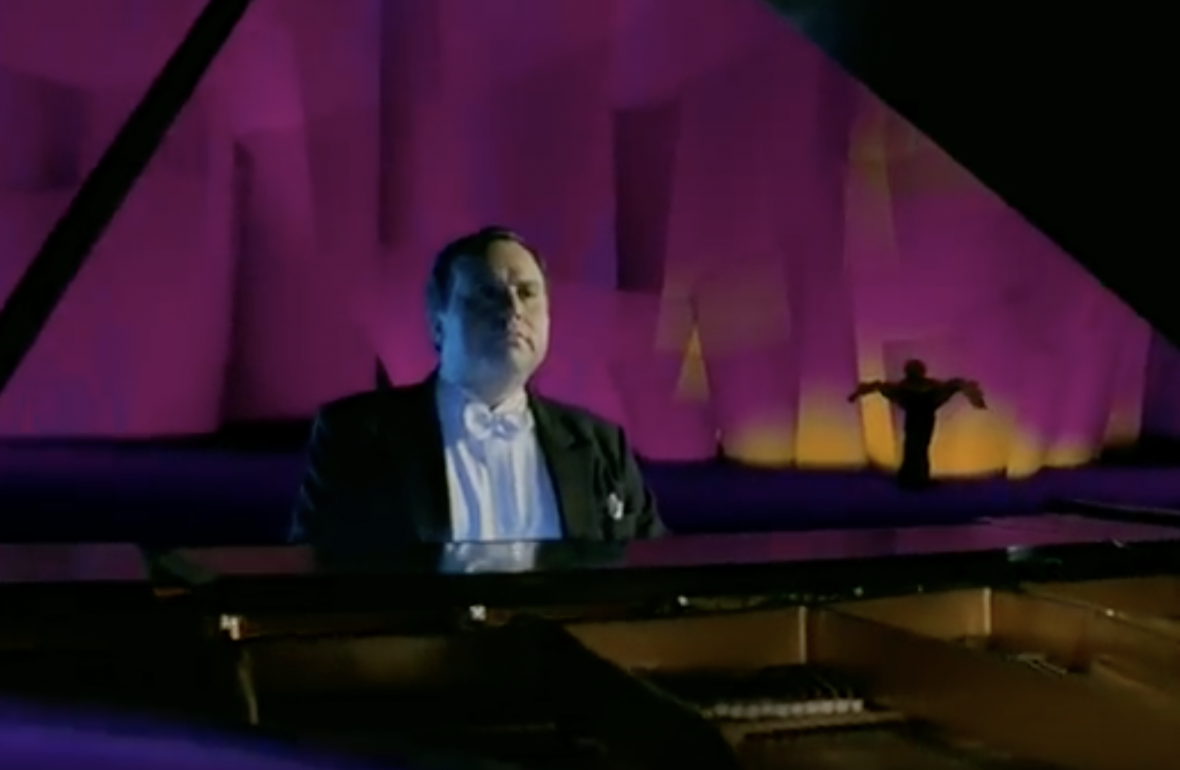Bayerisches Staatsorchester
Vladimir Jurowski | direction
Yefim Bronfman | piano
Elsa Dreisig | soprano
The Bayerisches Staatsorchester and Vladimir Jurowski visit with Schumann and Mahler.
Dates
Wagner Tristan et Isolde Prelude
Schumann Concerto for piano Op. 54
Mahler Symphony No. 4
About
: The Bayerisches Staatsorchester is the resident orchestra of the Bavarian State Opera in Munich. It is also one of the oldest and finest in Europe and Vladimir Jurowski has been its music director since 2020. For this first joint visit, they have opted to debut with the Prelude to Tristan and Isolde followed by Schumann’s piano concerto with Yefim Bronfman, where the elegant phrasing is sure to be wonderful. The second half will be devoted to Mahler’s Symphony No. 4. It is one of the shortest in his catalogue as the musician abandons the choruses found in his previous three opuses and chooses a soprano as the solo voice, in this instance Franco-Danish singer Elsa Dreisig. This work permeated with bright colours refers back to childhood and innocence. It concludes with a reorchestrated Lied, Das himmlische Leben (Heavenly Life), drawn from the cycle Des Knaben Wunderhorn (The Boy’s Magic Horn), composed almost five years earlier. The text describes the joys of Heaven seen through the eyes of a child. With its grace and quasi-pastoral feel, Symphony No. 4 quickly made its mark and established its credentials as one of Mahler’s most frequently performed symphonies.
Production Théâtre des Champs-Elysées
